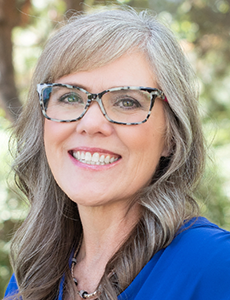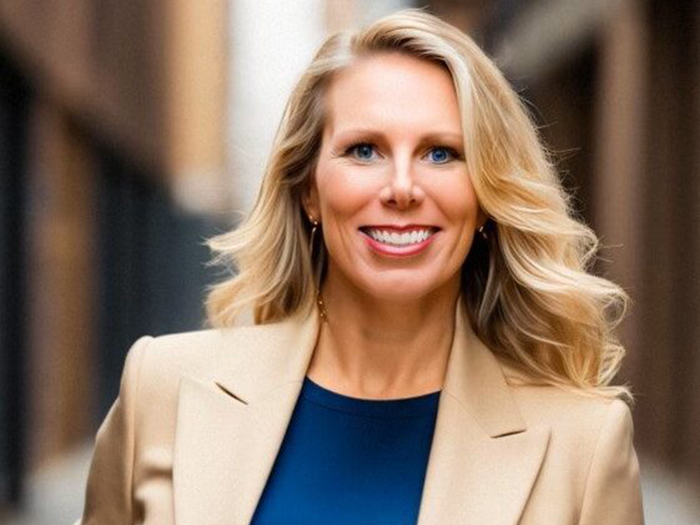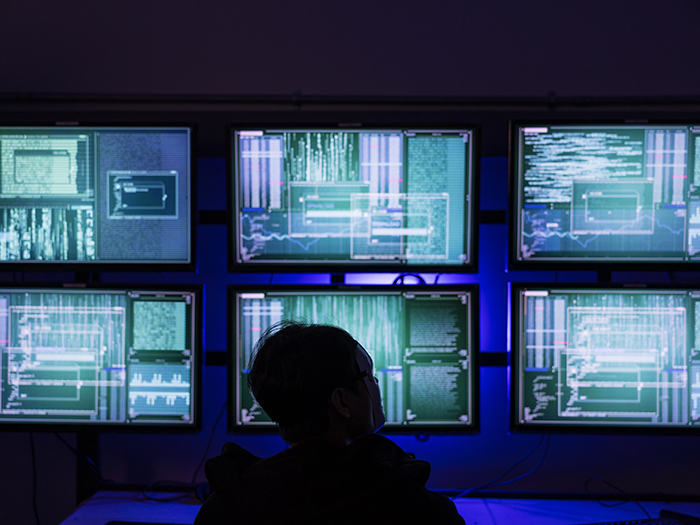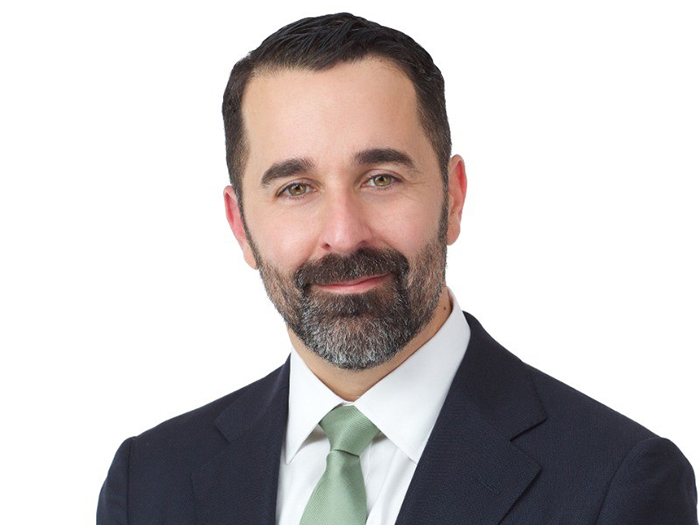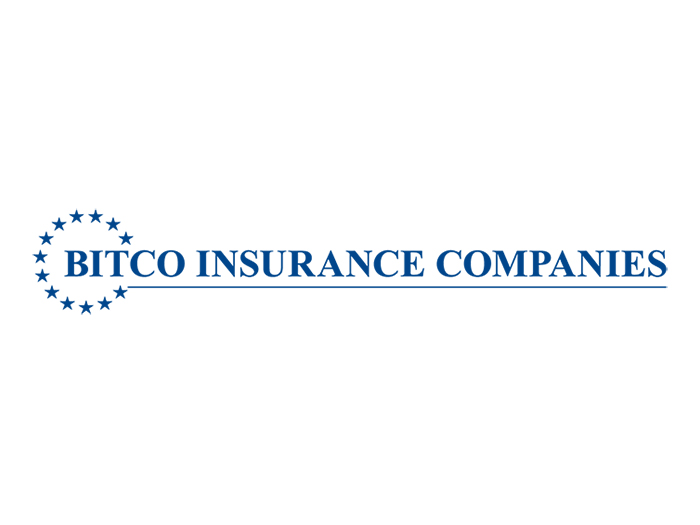2025 Theo Award Winner: St. Luke’s Health System
 St. Luke’s Health System, Idaho’s largest healthcare provider, faced mounting challenges during the COVID-19 pandemic that extended far beyond patient care. With more than 18,000 employees across 370 care facilities, including eight hospitals, the organization witnessed increased physical injuries, stress and burnout among its workforce. The pandemic highlighted the urgent need for an innovative approach to employee health, safety and wellbeing.
St. Luke’s Health System, Idaho’s largest healthcare provider, faced mounting challenges during the COVID-19 pandemic that extended far beyond patient care. With more than 18,000 employees across 370 care facilities, including eight hospitals, the organization witnessed increased physical injuries, stress and burnout among its workforce. The pandemic highlighted the urgent need for an innovative approach to employee health, safety and wellbeing.
“The frontline health care workers were in such a challenging position during COVID, and what’s been interesting is some of those challenges have continued, particularly stress and burnout,” said Audrea Wirta, senior director of HR operations.
Tackling the Problem
St. Luke’s responded by launching “Safety Together,” a comprehensive culture change initiative that transforms every employee into a safety advocate through high reliability organization principles and the STAR model approach: Stop, Think, Act, Review.
“We put together an all-out push on creating an environment where it’s safe to speak up about safety concerns,” Wirta said. “We give our team members tools, resources and techniques so they can practice the safest behavior, so they can speak up when something’s not right.”
The commitment to safety culture runs deep throughout the organization. Every meeting across St. Luke’s begins with a Safety Together mission moment, where teams reflect on safety behaviors or lessons learned from incidents.
“Whether it’s our caregiver teams, our IT teams, our support teams, any of us, all our executive teams—we start every meeting with a Safety Together mission moment,” Wirta said.
The initiative has achieved remarkable participation, with 95% of employees completing comprehensive Safety Together training. Recent results demonstrate the program’s effectiveness. Kelli Segroves, senior manager of workers’ compensation, shared a compelling example from the central laundry facility, where the majority of workers speak English as a second language.
“I have been out there once a week with interpreters meeting with these team members,” Segroves said. “Over the last month since I’ve been going out there, our event reporting has gone up over 300%. These are not new claims, but it has given the employees the power to feel safe to speak up.”
St. Luke’s holistic total worker health approach integrates multiple disciplines to surround employees with comprehensive support. The organization operates on-site employee health and occupational health clinics that serve as designated medical providers for workers’ compensation claims. This unique structure allows for immediate care and seamless coordination between safety, health, and claims management teams.
“Our employees have instant access to medical care. They accept walk-ins, or they can set appointments online,” Segroves noted. “We also have virtual care if it’s after hours, or they can seek treatment at one of our emergency departments.”
The on-site clinics create opportunities for personalized, compassionate care that extends beyond medical treatment. Segroves described how occupational health providers regularly communicate about employees’ broader circumstances.
“I get calls all the time from the doctors. ‘Hey, I just saw Sally, and she’s really got a lot of heavy stuff right now, and her power is getting ready to be turned off,’ ” Segroves said. “The doctor wanted to let me know these things because we really need to take this into consideration when we’re interacting with her and caring for her.”
The workers’ compensation program operates as a self-insured, self-administered system managed by licensed claims examiners. This approach enables high-touch, personalized claim handling with regular check-ins and on-site workplace visits. St. Luke’s provides transitional duty opportunities supported by a dedicated budget, ensuring injured employees maintain their regular wages while working in temporary assignments.
“We have a modified duty budget. When an employee is put on restrictions and they can’t do their regular job duties, we can provide them with transitional duty at no cost to the department and no cost to workers’ compensation,” Segroves said.
The organization’s integrated approach includes targeted interventions based on injury trends. When teams identified increased hand dermatitis incidents, workers’ compensation collaborated with workforce safety to trace the problem to contaminated hand sanitizer. They quickly removed affected products and launched a “love your skin” campaign, enabling employee health clinics to provide direct care for affected employees.
Physical therapy partnerships led to targeted massage therapy for job groups experiencing repetitive use injuries. When overuse of transitional assignments was identified, collaboration between workers’ compensation, occupational health, and physical therapy revealed that preferred work locations influenced recovery times, leading to permanent job placement solutions.
Success to Build On
St. Luke’s comprehensive safety and health initiatives have produced industry-leading results across multiple metrics. The organization achieved a 32% reduction in DART rate from 2021 to 2025, despite a 21% increase in total hours worked. Claim frequency decreased by 24% during the same period, with a 65% decrease in lost time claims from 2020 to 2024.
Perhaps most significantly, 74% of claims cost less than $2,000 each, demonstrating effective safety controls and claims management. The litigation rate dropped dramatically, with only 0.9% of claims escalating to legal proceedings over the past five years—a 90% decrease from 2019 levels.
Organization: St. Luke’s Health System * Location: Boise, Idaho * Number of Employees: 18,000 * Category: Health Care
“Our litigated claims over the last five years are less than 6.6%. That’s because we treat our claimants as coworkers,” Segroves said. “We are there to embrace them and help guide them through the process.”
The organization’s Experience Modification rate reflects the overall program success, decreasing from 0.76 in 2022 to 0.50 in 2025, compared to an industry average of 0.88 among hospital organizations.
Employee engagement scores for safety and well-being have improved year-over-year, indicating that employees feel psychologically safe and supported in prioritizing their health and well-being. Joy Prudek, public relations and communications business partner, witnessed the cultural transformation firsthand at St. Luke’s Wood River, which was among the first and hardest-hit facilities during COVID.
“It doesn’t matter if you’re in environmental services and there’s a physician involved—you feel safe going to somebody and saying, ‘This just didn’t seem right to me,’ and we’ve had great catches because of it,” Prudek said.
The success stems from St. Luke’s fundamental philosophy of caring for those who care for others. “We’re taking care of the people that take care of our community. And so it allows them to be vulnerable with us because they’re the ones that are giving the care and the support. And it’s beneficial to them for us to say, let me help you. Let me take care of you this time,” Segroves said. &
 The Theo Award celebrates its sophomore year, honoring 32 workers’ compensation programs for their excellence and service to workers across the nation. To learn more about the award and amazing qualities each winner possesses, visit here.
The Theo Award celebrates its sophomore year, honoring 32 workers’ compensation programs for their excellence and service to workers across the nation. To learn more about the award and amazing qualities each winner possesses, visit here.


